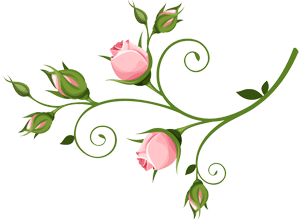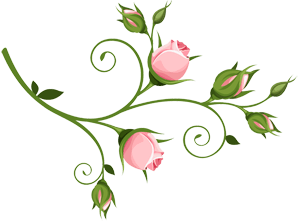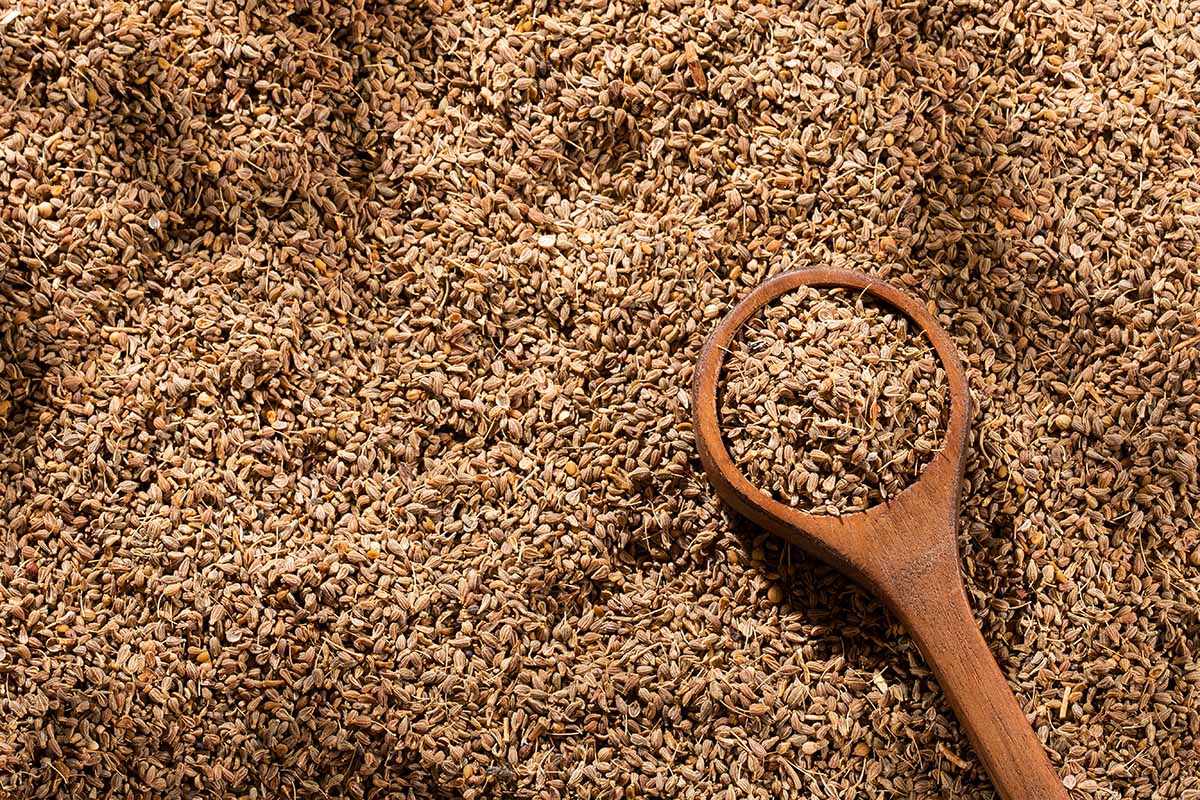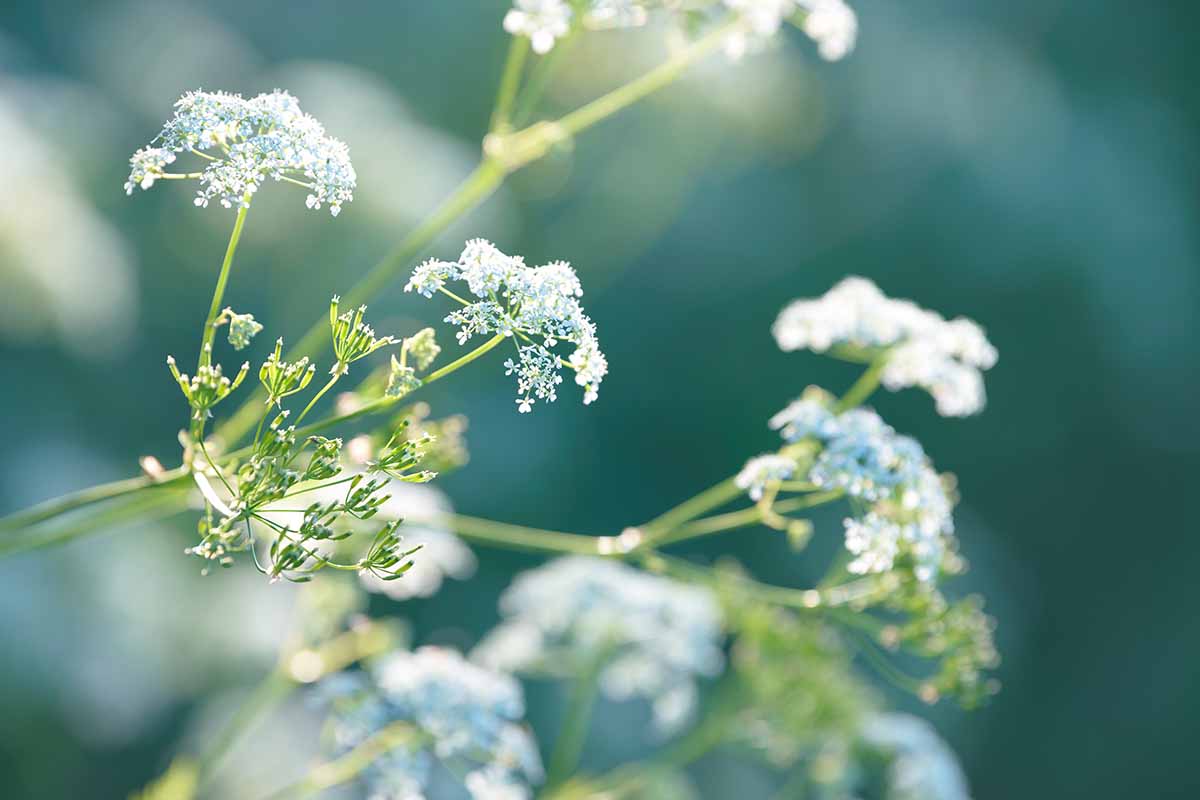How to Use Anise as a Spice
Anise is more than a decorative annual herb. It heats up the palate with a warm black licorice flavor. This article covers all the culinary secrets of anise including history, where to buy, harvesting, and storing. Learn about the flavor profile, which foods and spices to pair it with, and some fun recipes to try.






